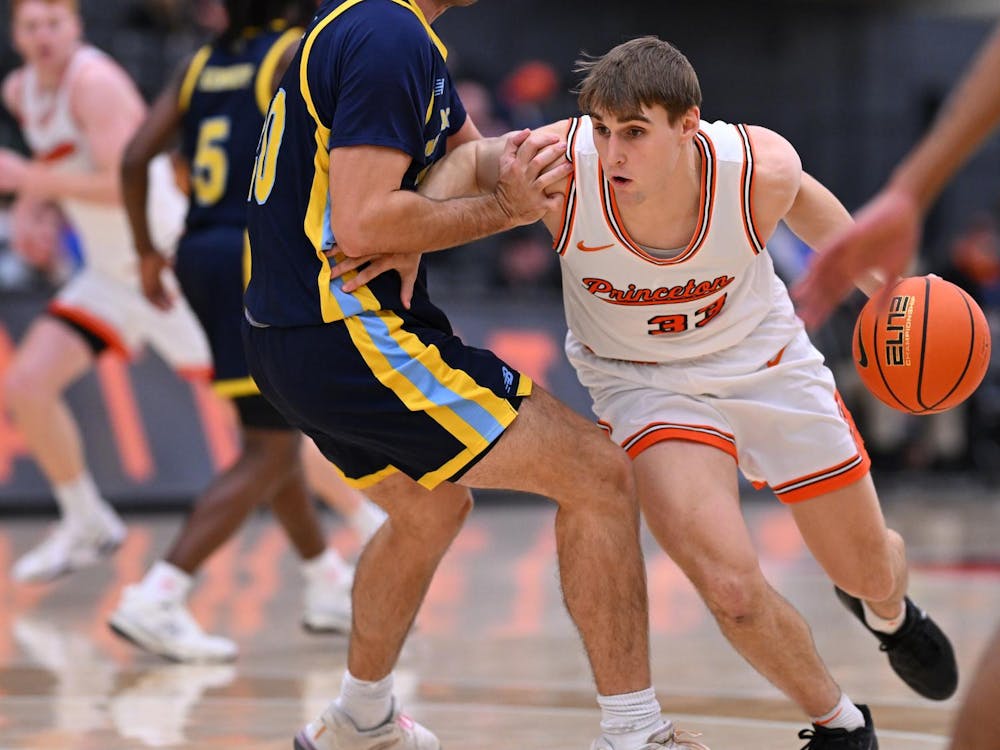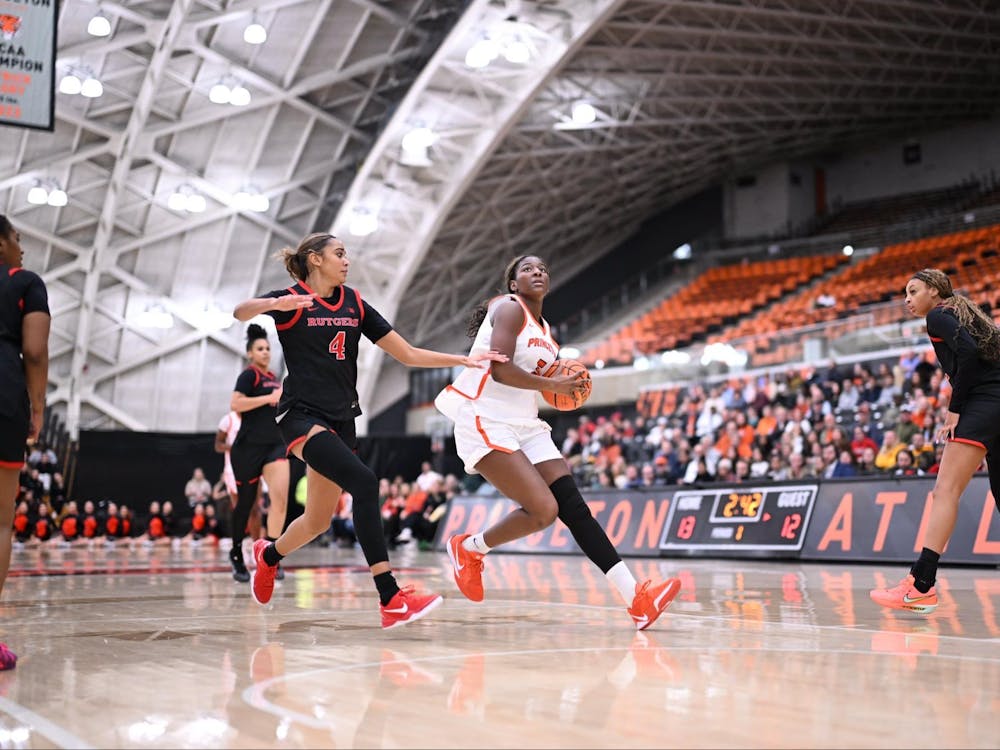This is significant. CNN, despite its forays into less serious fare, is first and foremost a news channel. Its target audience is not necessarily sports fans; it is the viewers who want to be up to speed on what is culturally relevant. Jeremy Lin’s presence on CNN on Saturday morning means that Jeremy Lin is news and that he has entered the zeitgeist and, first and foremost, that he has stopped being a basketball player and become an abstraction.
Which is cool for him, all in all. He’s done it simply by existing. For all the time and energy Dwight Howard and LeBron James have expended on building and cultivating a “brand” that transcends the sport, Lin has found a brand niche with no corporate sponsors, clever advertisements or fan interaction, and he’s done it in less than a week.
In a bizarre inversion of the traditional sports story that crosses over into the mainstream consciousness, the off-the-court details that make Lin’s on-the-court success so fascinating give him no “edge,” real or imagined. Tim Tebow’s faith was supposed to instill in himself and transitively in his teammates a sense of calm that translated into fourth-quarter comebacks; Josh Hamilton’s history of drug abuse was supposed to make him appreciate the game of baseball a little bit more and to keep him in the weight room a little bit longer than his competitors. But try as they might, there is no way to take the things that make Lin an outlier and turn them by some vague process into a competitive advantage. A degree in economics from Harvard (with a 3.1 GPA, for what it’s worth) doesn’t help Lin run a pick and roll. Being cut by two teams did not make him a better or hungrier player; not once in any interview has Lin come close to mentioning that he wants to prove anyone wrong. He doesn’t “play smarter” or “think quicker” than a half-dozen other NBA point guards.
In fact, perhaps the strangest thing about Jeremy Lin is that he’s not an underdog in any of the most recognizable ways. He’s succeeded individually and done a substantial amount of winning at every level. As a Knick, he takes too many shots and throws arrogant passes that become turnovers, and he’s big (6 feet 3 inches, 200 lbs.) and strong with a quick first step and a decent jump shot. Although his teammates’ affection for him at first had the scent of patronization, the sentiment quickly changed; this is no longer a case of appreciating a player for his deficiencies — for a premium example of this phenomenon, see Beloved Big White Guy Greg Stiemsma in Boston, who took the mantle from Brian Scalabrine — Lin is appreciated because during this five-game stretch he has been the best player the Knicks have on the floor by a considerable margin. He’s been the best player on the floor, period. Last week, he was probably one of the four or five best players on any floor, anywhere. Jeremy Lin is just flat-out good at basketball.
Which, yes, does make it more interesting to wonder why he was overlooked, both by colleges and professionally. It’s by no means unprecedented for a good — even great — player to flourish when finally given a chance. Ben Wallace played at community college as a freshman and sophomore and at a Division II school for the next two years, all before being undrafted; he was then signed and traded by two different teams that gave him no playing time over the course of four years until he finally ended up in Detroit, where he became a four-time Defensive Player of the Year, a two-time Rebounding Champion, a four-time All-Star and a title winner. Wallace was overlooked because he was undersized. Many others have been overlooked because of “character issues” or a style of play “not suited for the NBA.” Lin is guilty of none of these things, and so we’re left with the million-dollar question: Why was no one interested in Jeremy Lin?
The answer that people are going to settle on and, indeed, even have for the most part settled on already, is that it was about Lin’s race. That seems implausible. For all the silent biases lurking in 2012 America, game still respects game. If recruiters or scouts see enough talent in a player to justify giving up money and a roster spot to keep him, they’re going to do so regardless of his first language or haircut or skin color. What seems more likely to me is that the talent simply wasn’t there yet. Think about the amount of solid academic work Lin must have done on top of basketball in order to be accepted at Harvard. That would have eaten out of practice time. Think about the various disadvantages an Ivy League athlete hoping to go pro faces that other athletes don’t: limited sleep, limited big game experience, a limited competitive talent pool and, most relevantly, a limit on practice hours. Is it any wonder that when the draft rolled around, Lin didn’t look as polished or as ready to contribute as the men drafted ahead of him?
Which leaves us this to think about: The major talents circulating in the Ivy League right now are almost definitely growers rather than showers. What they need is time to develop into the players they’re going to be and a shot to contribute once they’ve done so. Lin is a few months shy of 24; NBA coaches and executives do not, generally speaking, have that kind of patience. They might be wise to make an exception.







